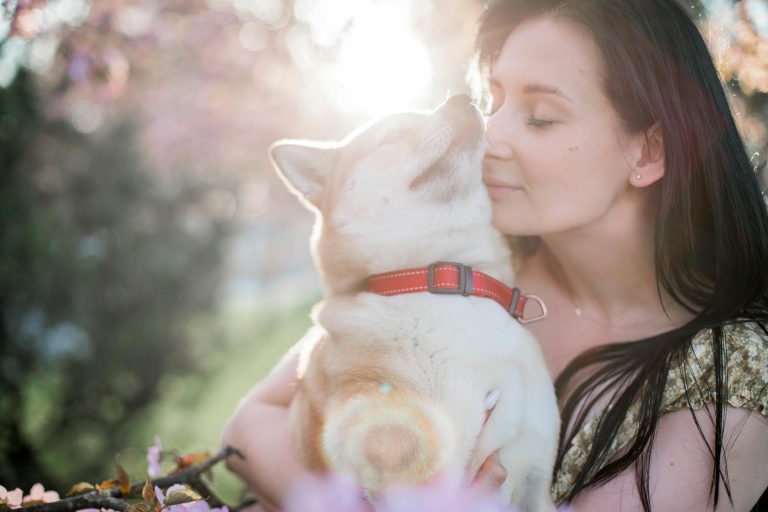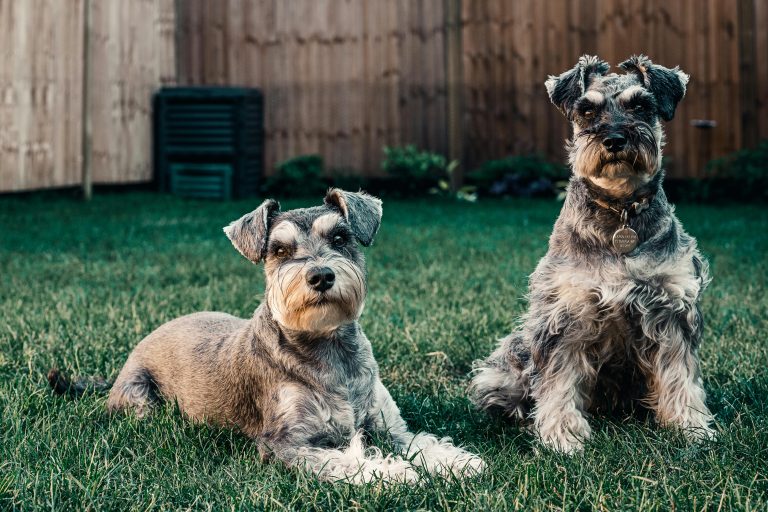At What Age Do Dogs Recognize Their Owners?
As a dog owner, one of the most heartwarming moments is when your furry companion recognizes you. It’s a testament to the bond you share. But have you ever wondered at what age dogs start to recognize their owners? Let’s delve into the fascinating journey of canine recognition and bonding.

Introduction
Understanding when dogs recognize their owners is not just a matter of curiosity; it sheds light on the intricate dynamics of the human-canine relationship. From the early stages of development to the lifelong bond formed, every moment contributes to the unique connection between a dog and its owner.
Early Development in Puppies
Puppies undergo rapid sensory development in their formative weeks. While their eyes and ears are still maturing, they rely heavily on their sense of smell. Bonding with the primary caregiver, often the owner, begins as early as the first few weeks of life. This initial attachment sets the stage for future recognition.
Recognition and Bonding
The bond between a dog and its owner goes beyond mere familiarity; it’s an emotional connection built on trust and affection. Dogs recognize their owners primarily through scent, associating their unique smell with safety and comfort. This olfactory recognition forms the foundation of their bond.
Socialization Period
During the socialization period, typically between 3 to 14 weeks of age, puppies are most receptive to learning and forming social bonds. Positive interactions with humans, including the primary caregiver, play a crucial role in shaping their understanding of social relationships. This period lays the groundwork for recognizing and bonding with their owners.
Studies and Research
Scientific studies on dog recognition have provided valuable insights into the factors influencing this process. While genetics play a role, environmental factors such as early socialization and consistent interaction with humans have a significant impact on recognition abilities.
Age Milestones
The age at which dogs recognize their owners can vary depending on individual differences and environmental factors. However, most puppies begin to show signs of recognition between 2 to 4 months of age, coinciding with the critical socialization period.

Cues and Behaviors
Observable signs of recognition in dogs include wagging tails, excited greetings, and seeking physical contact with their owners. These behaviors demonstrate the emotional connection and attachment they feel towards their human companions.
Training and Reinforcement
Incorporating recognition into training sessions can further strengthen the bond between a dog and its owner. Positive reinforcement techniques, such as praise and treats, reinforce desired behaviors and deepen the sense of trust and connection.
The Role of Routine
Consistency in interactions and daily routines helps solidify the bond between a dog and its owner. Dogs thrive on predictability and structure, and a consistent environment fosters a sense of security and familiarity.
Long-Term Bonding
As dogs grow older, their bond with their owners continues to evolve. Through shared experiences and mutual understanding, the relationship deepens, creating a lifelong bond built on love and companionship.
Impact of Environment
The environment in which a dog lives plays a crucial role in recognition and bonding. Whether in a family home or a rescue shelter, dogs adapt to their surroundings and form attachments to those who provide care and companionship.
Age-related Changes
As dogs age, their recognition abilities may change due to cognitive decline or health issues. Understanding these changes and adapting to their evolving needs is essential for maintaining a strong bond with aging pets.
Special Circumstances
For adopted or rescued dogs, recognition of their new owners may take time due to previous experiences or trauma. Patience, consistency, and gentle reassurance are key to helping these dogs feel secure and loved in their new homes.
Health and Well-being
Recognizing their owners is not just an emotional milestone for dogs; it can also indicate their overall health and well-being. Dogs who feel secure and loved by their owners are more likely to exhibit positive behaviors and enjoy better physical health.
Conclusion: Do Dogs Recognize Their Owners?
The journey of recognition and bonding between dogs and their owners is a remarkable testament to the power of love and companionship. From the early days of puppyhood to the golden years of old age, the bond only grows stronger with time. By understanding the nuances of recognition and nurturing the relationship with patience and care, we can forge a lifelong connection filled with joy and mutual devotion.




Leave a comment